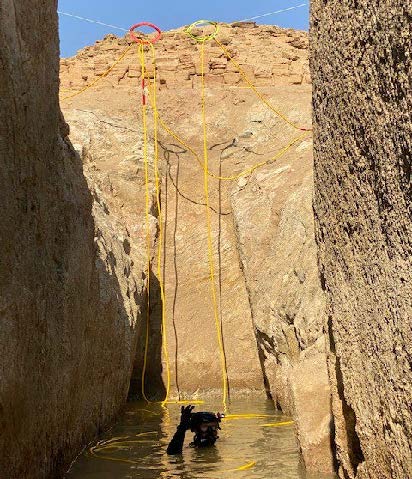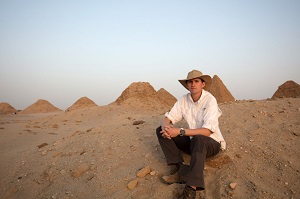
30
JanARCE NY: Diving the Pyramids at Nuri, Sudan
Registration is required
Presented by: Dr. Pearce Paul Creasman; Director of the American Center of Research located in Amman, Jordan
- 11:00 AM ETNew York
- Zoom
- + Add to Calendar
Lecture Information:
The pyramids, royal cemetery, and necropoles of Napata (an ancient Kushite political center) at Nuri comprise more than 7,500,000 square feet and today remain largely unexplored. Initially the site of more than 80 burial monuments, Nuri served as the resting place for at least 60 kings and queens corresponding to the Third Intermediate and Late Periods in Egypt. The first royal known to be buried at Nuri was the biblical pharaoh Taharqa (protector of Jerusalem, per 2 Kings 19:9), whose tomb was cut into the bedrock deep below his pyramid. His descendants used the site for four more centuries, and others for centuries more beyond. Partly excavated only once before, in the 1910s, Nuri remains poorly published. In 2017, a new archaeological mission was initiated. This presentation discusses its progress with particular attention to underwater excavations conducted on site.
As a result of climate change, intensive agriculture nearby, and the construction of dams along the Nile, rising groundwater has submerged many of the tombs cut into the bedrock, likely including all of the subterranean pyramid chambers of the kings. Today, at least four kings’ burial chambers remain unexcavated. Since 2018, the Nuri Archaeological Expedition has been excavating the now underwater burial of one such king, the last Kushite king interred at Nuri: Nastasen (ca. 335-310 BCE). Supported by grants from the National Geographic Society, excavations of Nastasen’s pyramid and tomb represent the first attempt to conduct underwater archaeology in Sudan. While not yet completed, significant discoveries were made and will be discussed within the framework of Nuri as a whole and the site’s great potential to inform us about the people of Nuri through the generations and environments in which they lived.
About the speaker:
Dr. Pearce Paul Creasman is an archaeologist in the fields of Egyptology, maritime archaeology, and dendrochronology who holds a PhD in nautical archaeology from Texas A&M University. He is currently director of the American Center in Research located in Amman, Jordan. Previously, Dr. Creasman was an associate professor of dendrochronology and archaeology at the University of Arizona, focusing on the heritage, archaeology, and the environment of the Middle East and North Africa. He has been conducting archaeological and environmental research in Egypt and Sudan since 2004. His current archaeological project is the excavation at the pyramids and royal necropoles of Nuri, Sudan, a UNESCO World Heritage site. Dr. Creasman is editor of the peer reviewed Journal of Ancient Egyptian Interconnections and the author or co-author of more than 100 articles and edited books.

